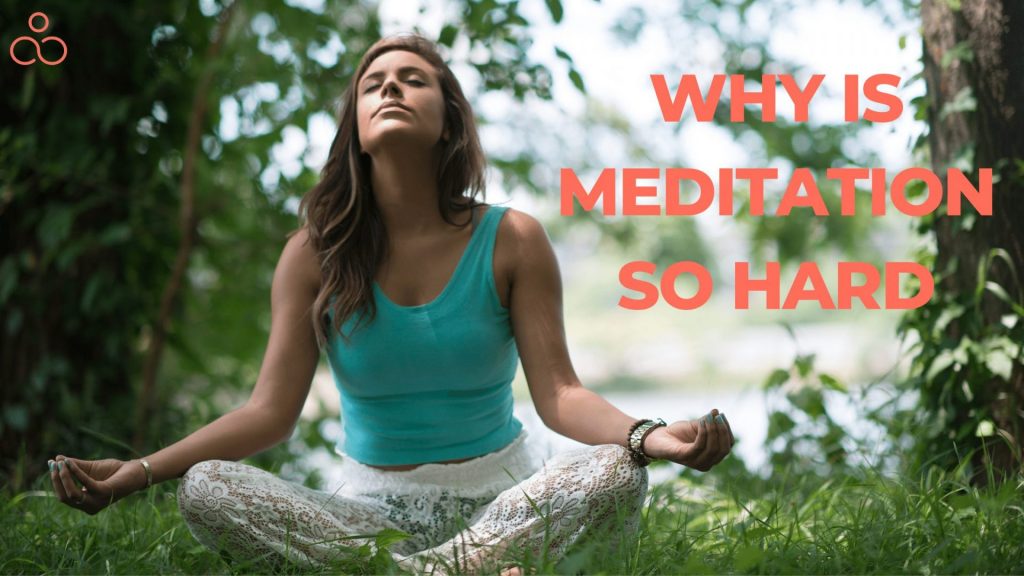Meditation, a simple mindfulness practice that has been around for centuries, offers countless benefits to our minds and bodies. It seems like a piece of cake, right? Yet, so many of us find it challenging to sit still and quiet our thoughts for even a few minutes. So, why is meditation so hard? In this article, we’ll explore the reasons behind the struggle with mindfulness practice and discover some practical tips to overcome the difficulties that may arise on your journey to inner peace.
What is Meditation?
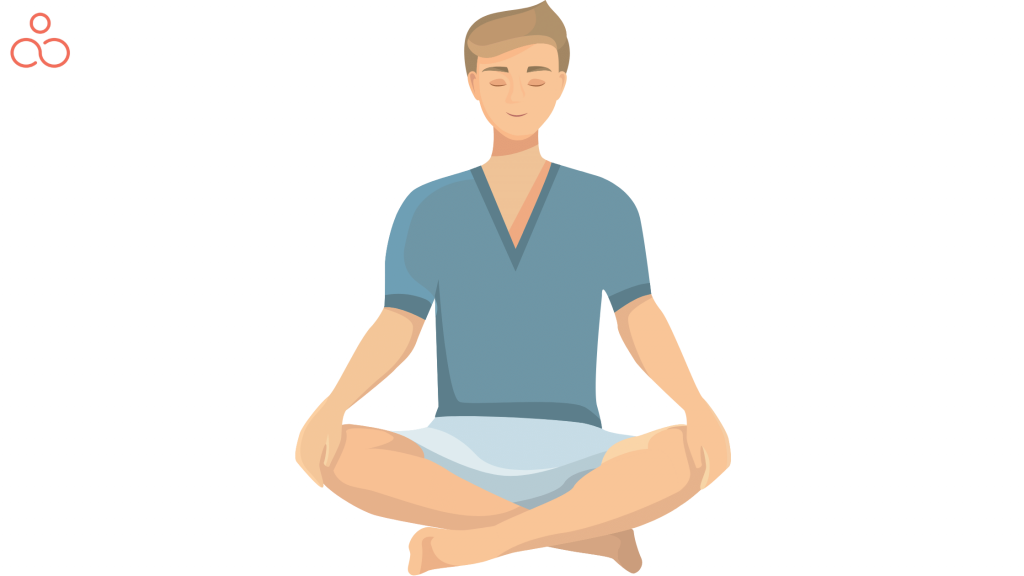
Meditation, an ancient practice from 1500 BCE, has been part of multiple cultures around the world. It helps people connect with their inner self and the environment. Nowadays, meditation is mostly seen as a way to develop qualities like wisdom and compassion while reducing anxiety and depression.
Modern meditation techniques mainly come from the Tehravada Buddhist tradition of mindfulness, teaching present-moment awareness and a deeper understanding of thoughts and emotions. Although meditation has a long history, it only started being studied scientifically in the 1950s and 1970s. Since then, research has shown countless mental and physical health benefits linked to regular meditation practice.
Science-Based Benefits of Meditation
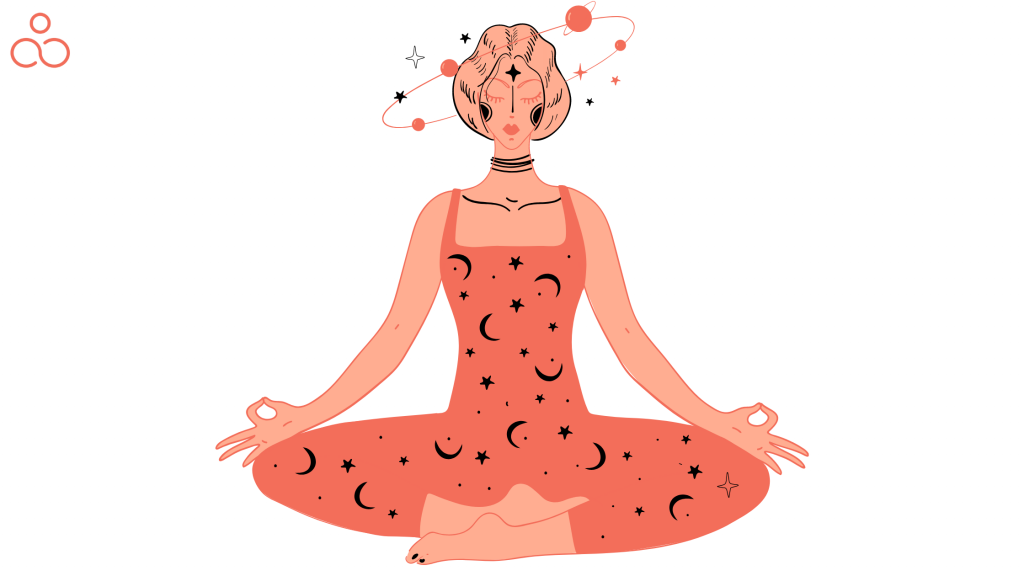
Meditation enhances life quality through numerous mental and physical perks. Here are 12 science-backed benefits of mediation:
- Reduce Stress
- Ease Anxiety
- Promote Emotional Wellbeing
- Develop Self-Awareness
- Increase Attention Span
- Combat Age-Related Memory Loss
- Foster Kindness
- Fight Addictions
- Improve Your Sleep
- Manage Pain
- Lowers Blood Pressure
- Meditation is Possible Anywhere, Anytime
Why is Meditation so Hard?
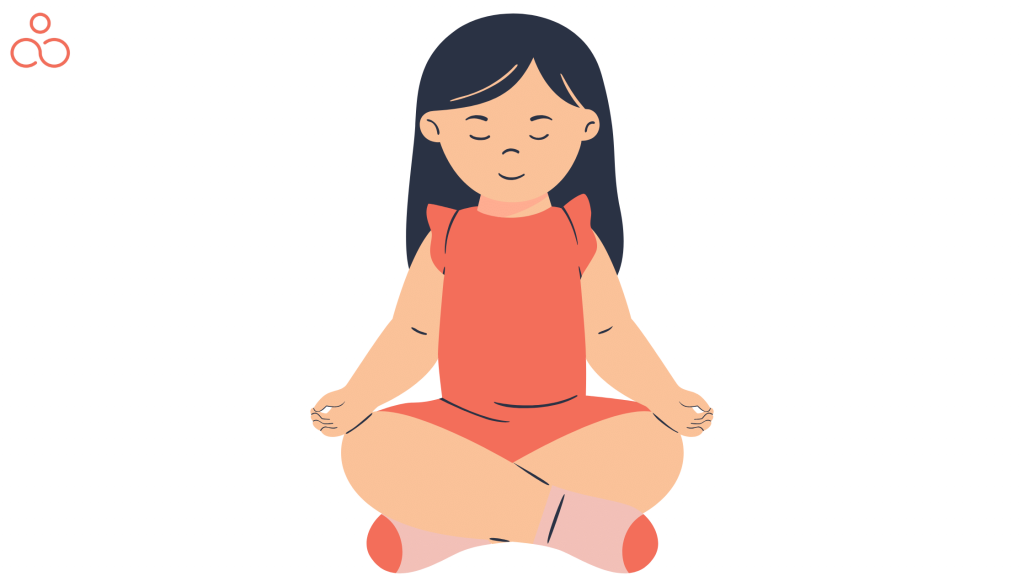
You might wonder why many people find meditation challenging despite its benefits. Often, individuals treat meditation as a “cure” for stress, which alters its true purpose and limits its power. Practicing meditation solely for peace or anxiety relief can make it a tedious chore, making it difficult to maintain.
At first, you might be surprised at how loud your thoughts are and how hard it is to find peace. You may feel disappointed, thinking it’s another ineffective self-help method. Many people try to fight their thoughts before giving up due to frustration.
However, battling with your mind only leads to endless struggle. Trying to silence your thoughts is not meditation; it’s a form of concentration. Even if you succeed, your mind returns to its busy state when you go back to daily activities. Force is not the solution.
7 Most Common Reasons People Struggle With Meditation
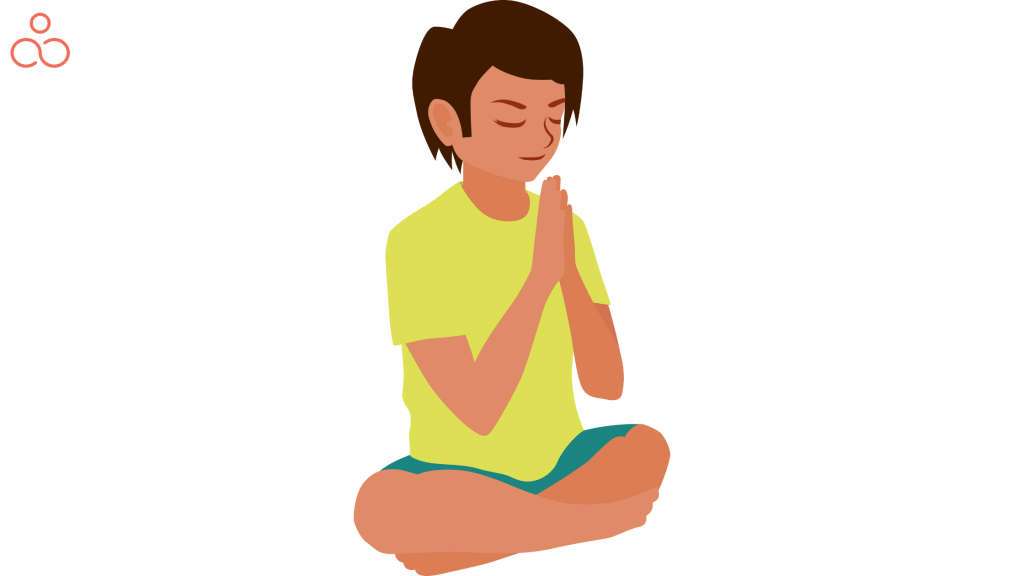
Meditation can refresh and energize you, but it requires persistence since most people lack the skills needed. While meditation is a personal journey, choosing a suitable space with positive energy and receiving proper guidance is crucial.
Here are 7 common reasons people struggle to maintain a consistent meditation practice that positively impacts their lives.
Expectations of what will happen are misguided
Many people hold various beliefs about meditation, its purpose, and how to practice it, which can create challenges for beginners. Although meditation is commonly linked to Indian or Asian cultures and certain sitting positions, the goal isn’t just about experiencing blissful peace.
For most newcomers—anyone within their first 3-5 years of practice—genuine progress involves noticing subtle shifts during and after each session. Recognizing these changes, even if unclear, is the perfect reason to continue exploring meditation.
My mind won’t stop wandering and thinking
It’s no surprise that quieting your mind during meditation feels challenging. Instead of aiming for complete emptiness, focus on a simpler approach. Achieving a still mind could hinder spiritual growth, as pride can get in the way of humility and love.
True discipline involves working with your mind like a well-trained pet. Train it to follow your guidance, letting it relax during meditation while still allowing it to experience the excitement in other areas of life. Remember, the goal is for your soul to be the master, not your mind, and to do so with love and understanding.
Feeling uncertain about how to effectively meditate
A big issue relates to why people struggle with meditation. In many classes, the instructor, despite good intentions, may not fully empower the student. Effective guidance requires well-timed, clear knowledge and supportive feedback tailored to each individual’s progress. This is best achieved through a teacher-student relationship where an experienced teacher offers meaningful guidance.
Think of a sports team. Practice starts with drills and moves on to scrimmage games. Similarly, in meditation, we first learn to manage distractions from our body, mind, and emotions. A systematic approach helps identify and address these factors. By practicing relaxation techniques and managing emotions and bodily urges effectively, an inner mental space develops for uninterrupted meditation.
Over-emphasis on the breath
Being aware of your breathing is essential, especially due to its steady rhythm. However, focusing on your breath for an hour isn’t profound. It’s like watching movie previews instead of enjoying a full film with its characters and emotions. Using breathing techniques can help you reach a meditative state, opening the door to spiritual experiences.
Each person’s journey is unique, and discussing it with a teacher can help deepen your understanding. Use breath awareness as a stepping stone toward reaching and embracing this deeper realm.
Feeling like you’re failing because your progress is slow
Meditation can be challenging since it goes against the norms of our busy, stimulation-focused culture. We often lack support from friends and family when trying to maintain this practice. Just like improving at the gym, learning a language, or starting a new job, meditation brings excitement, frustration, and doubt.
People frequently question if they’re progressing or doing it right. Many end up abandoning meditation, missing out on its potential benefits of peace and happiness. If you’re unsure about your meditation journey, find a trustworthy teacher to guide and support you along the way.
Lack of consistency or regularity
Meditation offers benefits when done regularly and ideally every day. It’s like physical exercise but for your soul instead of your body. To succeed, your body should be calm and not distracted by hunger or tiredness.
When starting, view yourself like a beginner at the gym. Others may seem more advanced, but with dedication and daily practice, you’ll notice improvements. Set aside 15-20 minutes in your daily routine at least 5 days a week and reassess after a month.
Striving for Progress Without a Mentor
Spiritual experiences can be awe-inspiring, incredible, and life-altering. However, understanding them and knowing how to grow can be challenging if you only rely on books and lectures.
The mind, ego, and emotions can be misleading and often lead to false conclusions that inflate self-importance, which is a major pitfall. Finding a trustworthy teacher to guide you can greatly advance your spiritual growth.
Biological and Psychological Barriers Faced During Meditation
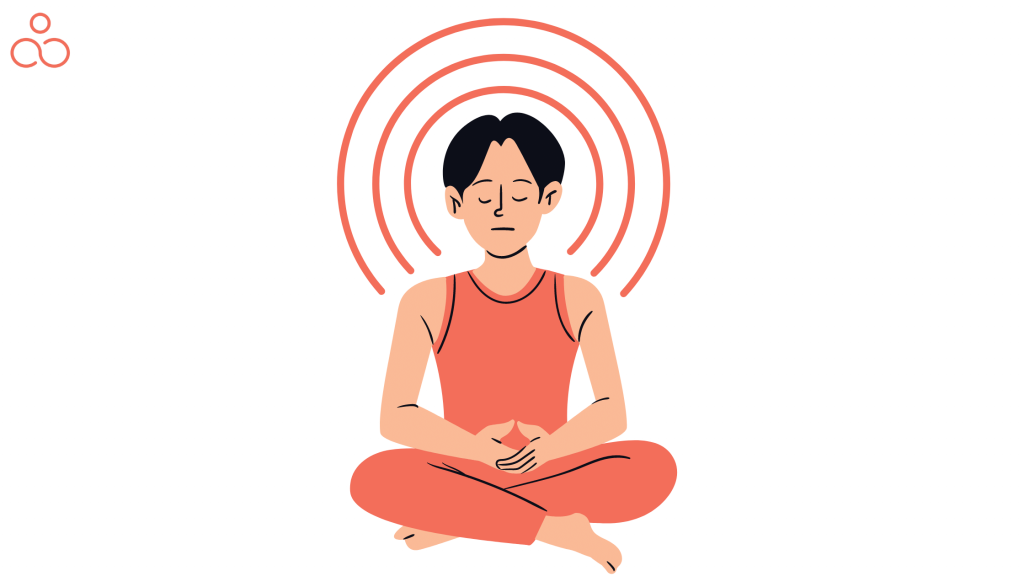
Meditation goes beyond mental exercise, impacting the brain and body physically.
Here, we discuss the challenges in meditation due to biological and psychological aspects and share useful tips to tackle them.
Neuroscience of Meditation
Meditation can positively impact our brain’s structure and function. By studying the neuroscience behind meditation, we can better grasp how it works and its potential benefits. This section delves into key aspects of meditation’s neurological effects:
- Brain Areas Active During Meditation
Meditation involves several brain parts like the prefrontal cortex, insula, and cingulate cortex. These areas help with focus, self-awareness, and managing emotions, explaining the positive effects of meditation on these aspects.
- Meditation’s Role in Brain Flexibility
Brain plasticity is the brain’s ability to adapt based on experiences. Meditation boosts brain flexibility, leading to structural and functional changes. It increases gray matter density in specific regions and thickens the prefrontal cortex.
- Long-Term Meditation and Brain Changes
Consistent meditation practice results in numerous brain changes. Experienced meditators have more gray matter in areas related to attention and emotional control. Long-term meditation also enhances brain connectivity, improving information processing and cognitive adaptability.
The Impact of Brainwaves on Meditation
Brainwaves are electrical signals our brain produces at different awareness levels. We can use an electroencephalogram (EEG) to measure these patterns and understand their intensity and frequency. By learning how brain waves affect meditation, we can enhance our practice for better results. This section explores the connection between brainwaves and meditation:
- Brainwaves in Meditation
Meditation involves alpha (8-12 Hz), theta (4-8 Hz), and delta (0.5-4 Hz) brainwaves for relaxation. Alpha and theta waves help achieve a peaceful, awake mindset during meditation.
- Brainwave Changes in Meditation
Research shows that various meditation styles influence brainwave activity differently like mindfulness meditation increasing alpha and theta waves. Regular practice enhances these patterns over time.
- Advantages of Deeper Meditation States
Deeper meditation with theta and delta waves offers benefits like stress reduction, better immunity, increased creativity, and intuition. However, attaining such deep states can be challenging and may take years of consistent practice.
Fight or Flight Response Hinders Meditation
The fight or flight response helps our body react to stress, but it can also cause health issues and affect meditation. Let’s look at three points concerning the fight or flight response and meditation:
- Stress Effects on the Body and Brain
Stress can cause increased heart rate, higher cortisol levels, and reduced prefrontal cortex activity (important for decision-making and self-control). These changes can make focusing hard during meditation.
- Stress Influence on Meditation Practice
Stress makes it difficult to relax and concentrate during meditation, leading to distracting thoughts and restlessness. Constant stress may affect maintaining regular meditation practice and reduce its benefits.
- Techniques to Lower Stress and Calm Fight or Flight Response in Meditation
There are useful techniques to decrease stress and calm the fight or flight response when meditating. These include deep breathing exercises, progressive muscle relaxation, visualization, mindfulness practices like body scans, and loving-kindness meditation. By controlling the fight or flight response, we can enhance our focus and meditation depth.
The Role of the Default Mode Network
The default mode network (DMN) includes brain areas active when we’re not focusing on external stimuli. It involved self-thought, daydreaming, and understanding others. However, DMN can hinder meditation in a few ways. Let’s look at three aspects of DMN and its role in meditation:
- Default Mode Network and Self-Thoughts
The network is highly active when we think about ourselves and our experiences. Such thoughts can be useful but also lead to negative thinking like worry and rumination. Meditation helps lessen self-referential thoughts, bringing about a positive and open mindset.
- Ways it Affects Meditation
This network promotes wandering thoughts, making it hard to focus and achieve deeper meditation stages. It can also activate negative emotions, increasing rumination and negativity.
- Techniques for Better Meditation
Several methods help calm this network, improving meditation practice. These include focusing on breathing, visualizing calming images, and utilizing mindfulness practices like body scans and loving-kindness meditation. By doing so, we can lower distractions, boosting focus and deeper meditation experiences.
Ways to Overcome These Biological and Psychological Barriers
- Simple mindfulness practices for better self-awareness and concentration.
- Easy breathing techniques to calm nerves and lower stress levels.
- Basic body awareness activities for loosening tension and promoting relaxation.
- Practice methods to foster kindness and compassion for yourself and others.
Why Meditating with Anxiety So Hard?
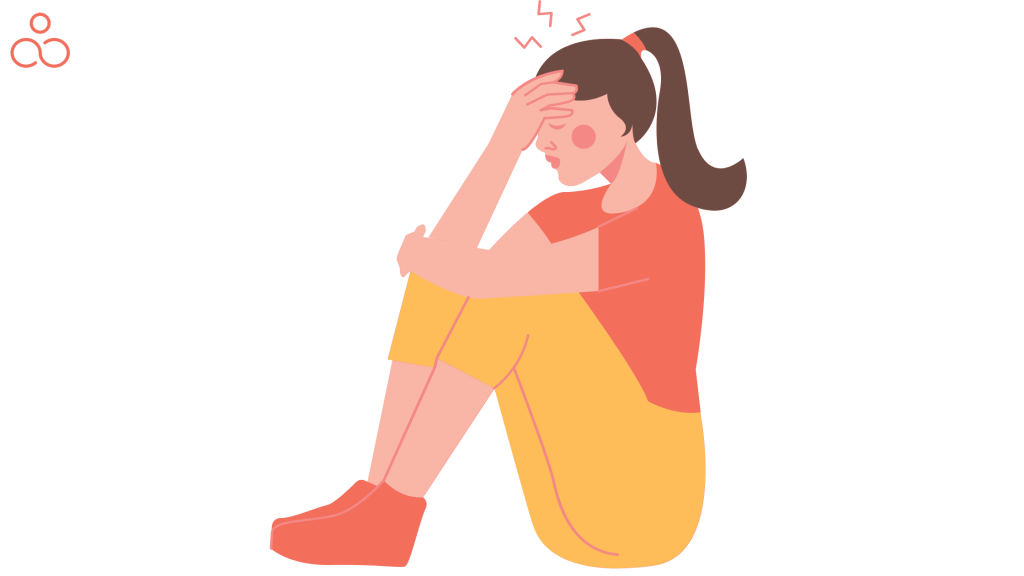
The positive effects of mindfulness are well-known and scientifically proven. Studies have demonstrated the effectiveness of mindfulness for those who experience intense stress and anxiety. As a result, more and more people have begun to give it a go, to the point that many even practice meditation regularly. However, even though mindfulness is simple enough to learn, it’s hard to master. That’s why it can be so difficult for those with anxiety to learn to meditate.
How do mindfulness and anxiety relate to each other?
Mindfulness involves being aware of our thoughts and emotions without trying to change them. Anyone who meditates regularly understands that this can sometimes be simple, while other times it seems unattainable.
Mindfulness exercises are helpful when dealing with uneasy thoughts and emotions, but when our minds race or our body feels uneasy, sticking with the feeling or releasing thoughts may be challenging. The more intense these sensations, the harder it becomes to experience them without reacting. Consequently, we might feel like mindfulness is not working for us.
Mindfulness acceptance is the key
To address this issue, let’s first understand the basics. When starting meditation, we often focus on breathing, which is crucial since it stabilizes our minds – the basis of any meditation. As we improve our attention control, managing thoughts and emotions becomes easier. However, understanding mindfulness meditation as just a concentration technique overlooks the vital aspect of acceptance.
Mindfulness involves practicing non-judgmental awareness in the present moment and openly accepting our experiences. Yet, acknowledging negative thoughts and feelings when they’re intense can be quite challenging, making mindfulness meditation difficult for anxiety sufferers.
Although it might seem paradoxical to practice mindfulness to eliminate anxiety while also being open to it, acceptance must come first, followed by change. As we fully accept things, they transform organically and become more manageable. It might appear counter-intuitive, but it’s true.
So, how do we address this issue?
- Patience is key: Remember that mindfulness takes practice and doesn’t change things overnight. Patience is key. Secondly, don’t fight your feelings or thoughts—embrace them. Understand that they can’t hurt you and accept their presence.
- Refocus your attention: As you practice acceptance, your mind will still wander, but each time you notice it, bring your focus back. Do the same with unpleasant feelings. Instead of distracting yourself, acknowledge their existence.
- Use mindfulness mantras: Use simple mindfulness mantras to help refocus and provide self-compassion. Choose a phrase that resonates with you or create your own. Use your mantra when anxiety tries to take hold of your thoughts and feelings.
How Does Mindfulness Help Overcome These 5 Typical Subconscious Thoughts?
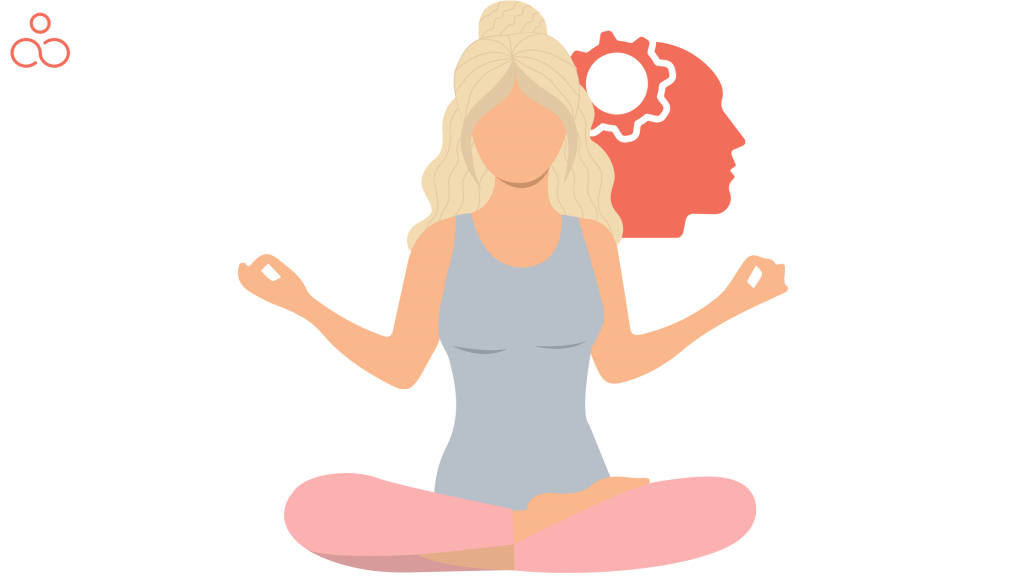
Meditation is like exercising your mind. It’s tough to notice your thoughts since you have so many daily. Without knowing mindfulness techniques, starting meditation can be challenging.
Here are five common subconscious thoughts that block good meditation practice and how mindfulness can help.
Rethinking Thoughts & Conversations
Have you ever thought about how a conversation went or how it could have gone differently? We often overthink without realizing it. Can you recall all your thoughts and feelings from yesterday? How many emotions did your subconscious process?
Tip: You can’t change what has already been said or thought. If you need to express yourself more, write down your thoughts and release them during meditation. To strengthen your willpower, try proven techniques like burning your written thoughts as a ritual. Visualization is another effective method; imagine the thought vanishing into space.
Relationship Issues
Maintaining relationships can be challenging, and communication methods are constantly evolving. Are you even using TikTok? As you start meditating, you might reflect on various connections and potentially feel frustrated or overthink future scenarios.
Tip: Release negativity during meditation by understanding that everyone has flaws and makes mistakes. To effectively address relationship problems, carefully plan a response and discuss it with the person involved. Embracing forgiveness, especially for yourself, is a crucial step.
Missed Opportunities
During meditation, long-forgotten concerns may resurface. Old missed chances might return, bringing anxiety and troubling thoughts.
Tip: By being aware of your thoughts, you can stop anxiety from overpowering you. Focusing too much on the past prevents you from enjoying the present. Embracing a growth mindset helps build a strong foundation because it teaches that every failure is a learning opportunity for better future decisions.
Checklists
We all have tasks and people to meet, but there’s a limit to what we can do daily. If you’re not focusing on your checklist, meditating may seem unproductive.
Tip: By stepping back from your thoughts, you can instantly reorganize and create space for meditation, postponing less important activities like watching a show that can wait until tomorrow.
Research shows that meditating enhances clarity and productivity, motivating you to prioritize meditation and set aside your to-do list for a while.
Fears
From the fear of getting into a car accident to that of catching a cold, there are hundreds of phobias and thousands of minor anxieties that play a role in everyday life.
Tip: Becoming fearless isn’t something that happens overnight, but regular mindfulness and meditation can help you identify and confront those fears. With practice, you’ll be able to recognize and eventually let go of those fears.
Tips on How to Meditate with Ease
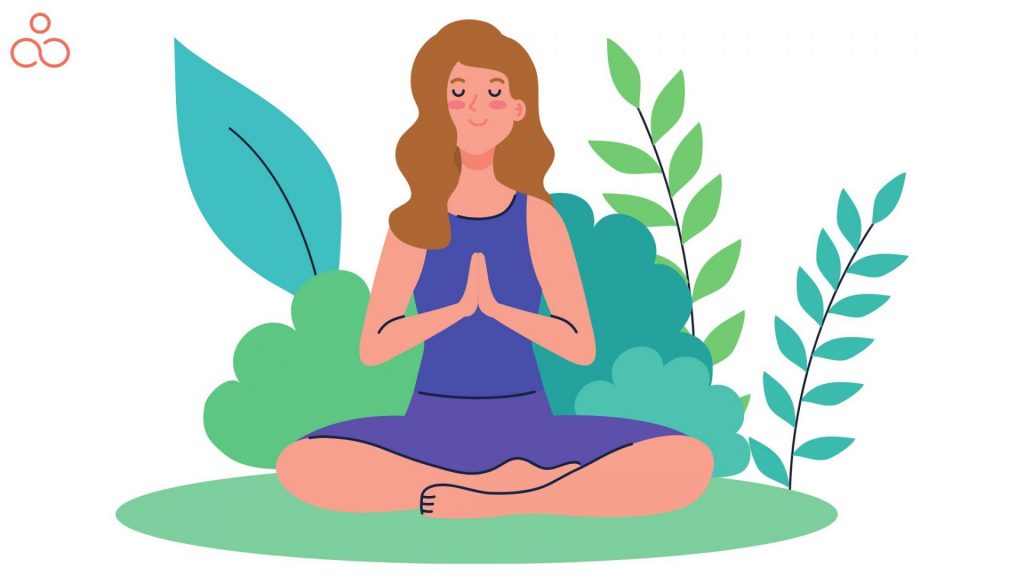
Meditation is the practice of noticing what is already happening in your body, rather than creating or controlling it.
- To develop a consistent meditation practice, focus on gentleness instead of force.
- Observe your breath and your body’s natural processes without putting in any effort.
- Realize that your heart beats, eyes see, and ears hear without your control or intervention.
- Simply notice these phenomena for any duration to engage in meditation.
- Recognize the “effortless effort” concept from Zen masters to create an accessible and rewarding practice.
- Avoid self-violence by ceasing attempts to control everything and silencing your inner critic.
- Practice letting go of control, embracing the present moment, and observing how it calms your mind effortlessly.
- Remember that meditation doesn’t require sitting – tune into your intuition and become aware of your senses throughout the day to make meditation a natural state of being.
FAQ’s
Why is concentrative meditation so hard for me?
Concentrative meditation is hard because it requires sustained focus, mental discipline, and the ability to quiet the mind from distractions. This can be challenging for individuals who are not used to controlling their thoughts or maintaining a single-pointed focus for extended periods.
While meditating, one must courageously confront any emotional or physical pain that arises – including unpleasant thoughts, beliefs, or memories – without the usual distractions.
Can Meditation be Harmful?
Meditation is usually safe and helpful for most individuals. Yet, be aware of some potential risks and side effects, particularly for those with specific health or mental concerns. This part discusses meditation’s possible pros and cons, such as:
- Negative experiences like worry, fear, or confusion
- The need for advice from a skilled teacher or mental health expert
- Finding a suitable and secure meditation practice for you.
What is the ideal time of day for meditation?
- Examine your daily routine.
- Be practical.
- Identify your peak energy times for meditation.
- Staying focused is tough when exhausted; falling asleep is easy.
- Track your time for a week to find the best meditation period.
- Review the data and adjust your schedule accordingly.
- Use tracking tools to manage time effectively.
How Long Does it Take to See the Benefits of Meditation?
Meditation benefits differ for each person and practice style. This part covers the timeline of meditation advantages:
- Immediate effects like relaxation and stress relief.
- Long-term outcomes such as better self-awareness, compassion, and emotional control.
- Setting realistic goals for your meditation journey.
What is the ideal spot for meditation?
- Meditation is a personal experience. Pick a spot where you feel safe and free from distractions, like family, pets, or noise.
- Before meditating, ask yourself if the chosen spot is comfortable and convenient.
- Some create a special meditation space with candles, music, and inspirational images.
- Others use ordinary spaces like chairs, bedsides, or cars if undisturbed.
Is it Normal to Feel Sleepy During Meditation?
Yes, feeling tired during meditation is common, especially for newbies. This section clarifies why sleepiness occurs and provides suggestions for staying awake and focused, like:
- Understanding how relaxation can cause drowsiness.
- Using methods to boost energy and concentration, such as breathing exercises or visualization.
- Modifying your posture or surroundings to encourage alertness.
Can Meditation Help with Anxiety and Depression?
Yes, meditation can help improve mental well-being, especially for anxiety and depression, by:
- Strengthening emotional control and adaptable thinking through mindfulness.
- Reducing overthinking and negative self-talk with meditation.
- Incorporating meditation into a complete mental health treatment plan.
How Can I Find the Right Meditation Technique for Me?
Finding the right meditation technique may take some experimenting. Here are some tips to help you choose the best one for you:
- Start with a simple technique like focusing on your breath or scanning your body.
- Consider your meditation goals and personal preferences.
- Seek advice from experienced teachers or use reliable resources to enhance your practice.
Conclusion
So, if you were in search of ‘Why is meditation so hard for me?’ You must have already noticed how meditation may seem easy at first glance. But it’s actually quite a challenge that demands dedication, time, patience, and keen judgment, particularly when life throws obstacles your way and leaves you feeling stuck or unsure.
So, if you find yourself procrastinating on your meditation practice, don’t be too hard on yourself. Reflect on the insights you’ve gained from the questions above and identify what changes you need to make to create space for your practice.
Remember, you can do this!

